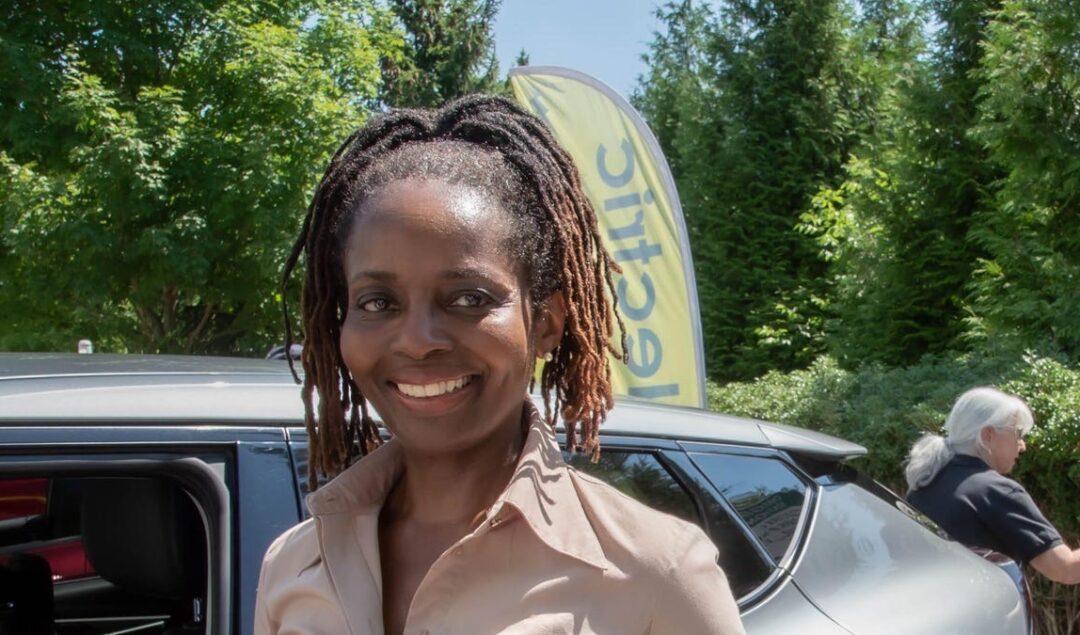Sheryl E. Ponds Is Ensuring Black People Aren’t Left Out Of The Electric Vehicle Movement

Sheryl E. Ponds is working to ensure Black people are not left behind as the world moves towards electric vehicles. She is the entrepreneur behind Black-owned startup Dai Technologies Corp, which designs and builds electric vehicle charging stations.
Electric Vehicle Charging Deserts
DaiTechCorp describes itself as an ‘EV Adoption expert’ working to bring electric vehicles into the Black community.
After successfully building electric vehicle charging stations, Ponds realized that many of her clientele were affluent and white, so she decided to rebuild her business model to reach the Black community.
According to reports, about 2% of electric vehicle owners are Black, which is significantly low compared to other demographics. In addition, Black drivers are less likely to purchase an electric vehicle due to its prices and the lack of access to charging stations in their local areas.
As a result, Dai Technologies targets EV charging deserts, areas without easily accessible charging stations. By setting up chargers in apartments and retail garages. Pond hopes to help people embrace electrified transportation.
“The thing is, we have more to gain from EV adoption than most communities,” Ponds said in an interview with Forbes.
“We tend to live in neighborhoods where we need decarbonization, we need environmental justice, and we need health outcomes that will improve as a result of reducing fuel emissions.”
Air Pollution Is A Justice Issue
While air pollution has decreased, people of color haven’t benefited from cleaner air as much as their white counterparts.
A groundbreaking study found that Black and Hispanic Americans were exposed to 56% and 63% more pollution than they produced. This exposure can have devastating consequences.
People of color are more likely to get sick or die from exposure to air pollution. For example, exposure to air pollution is linked to higher rates of respiratory illnesses like asthma among Black and Latine children than among white children – with worse outcomes too.
“If you go to communities of color across this country and ask them, ‘What’s the source of the environmental problems?’ they can point you to everyone,” Professor Robert D. Bullard, who has decades of experience researching environmental racism, told the New York Times.
“The highway, the chemical plants, the refineries, the legacy pollution left over from decades ago, in the houses, in the air, in the water, in the playgrounds. Empirical research is now catching up with the reality: that America is segregated and so is pollution.”
Ponds’ work to increase EV access and uptake in Black communities is one example of how tech can help tackle environmental racism and bring about justice.



